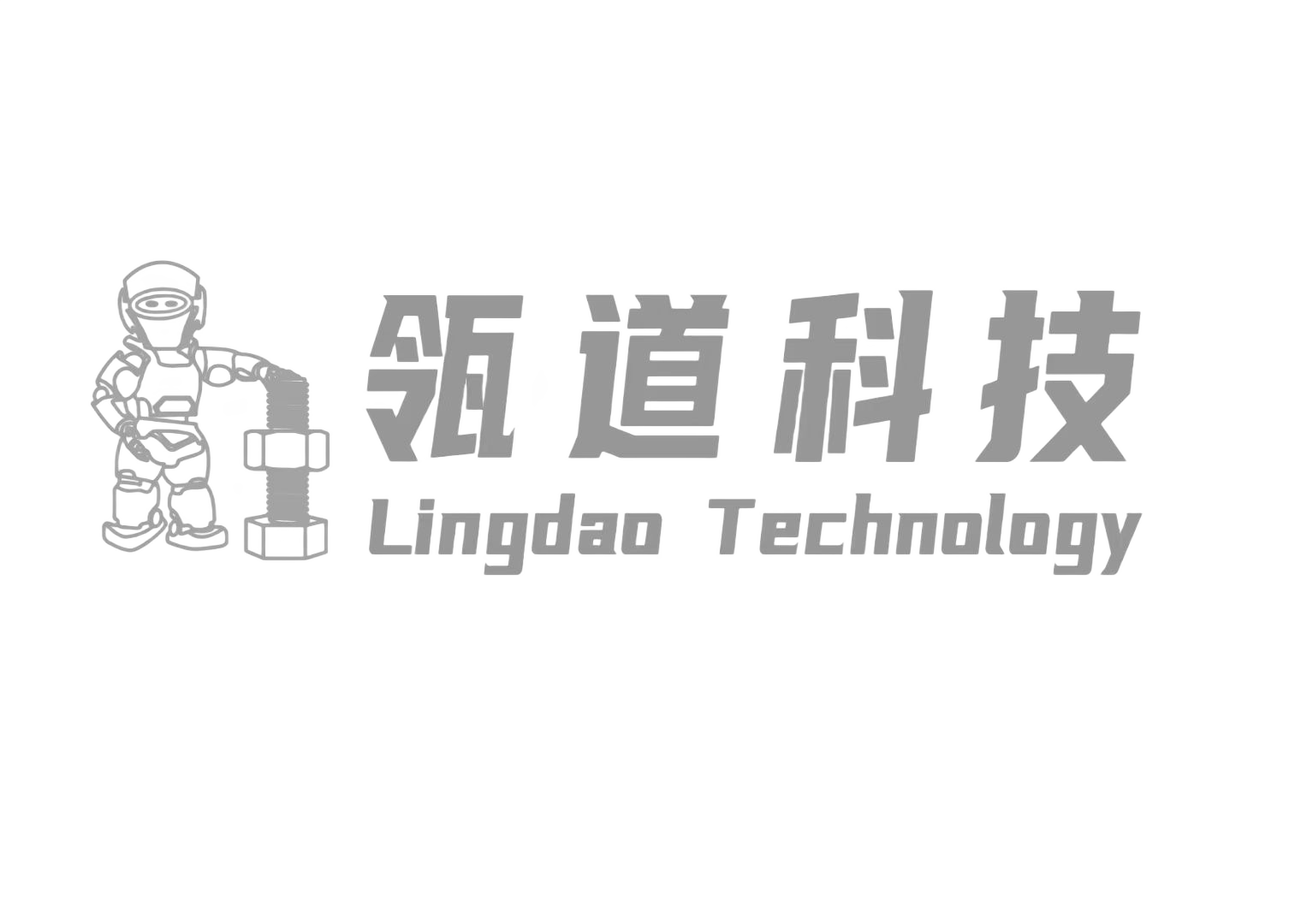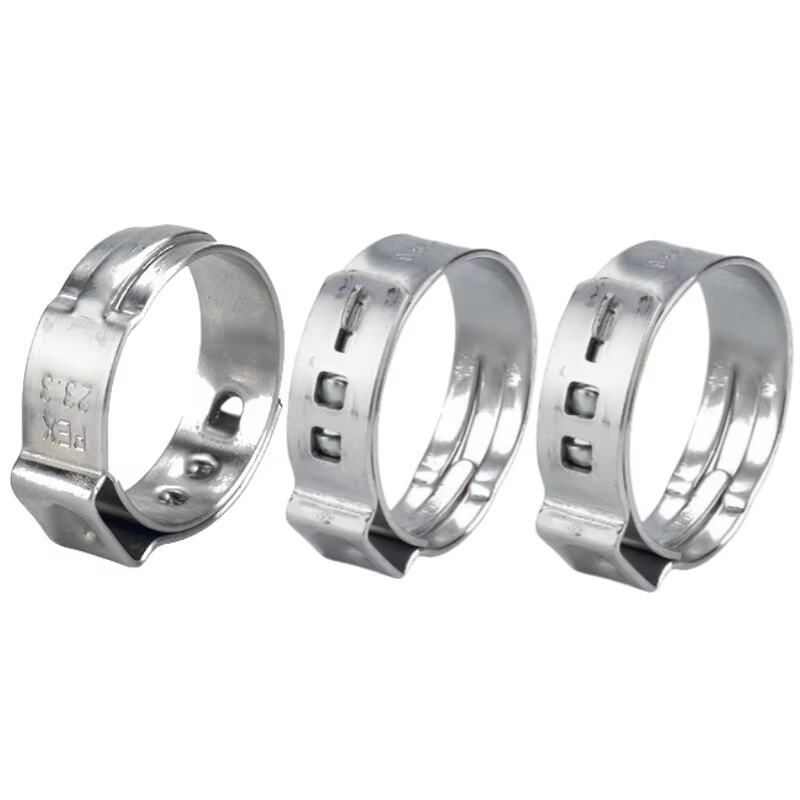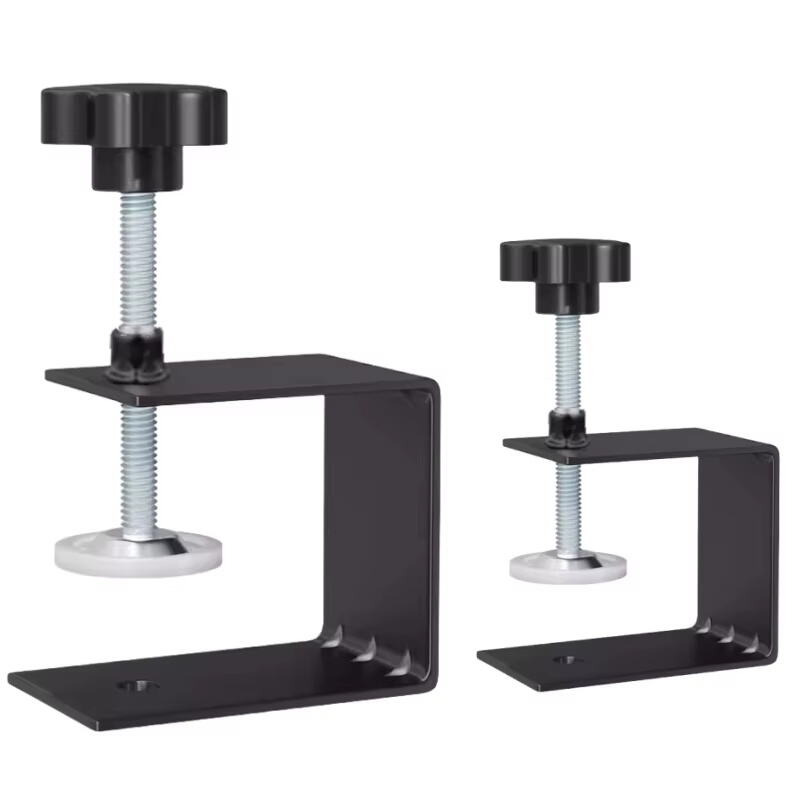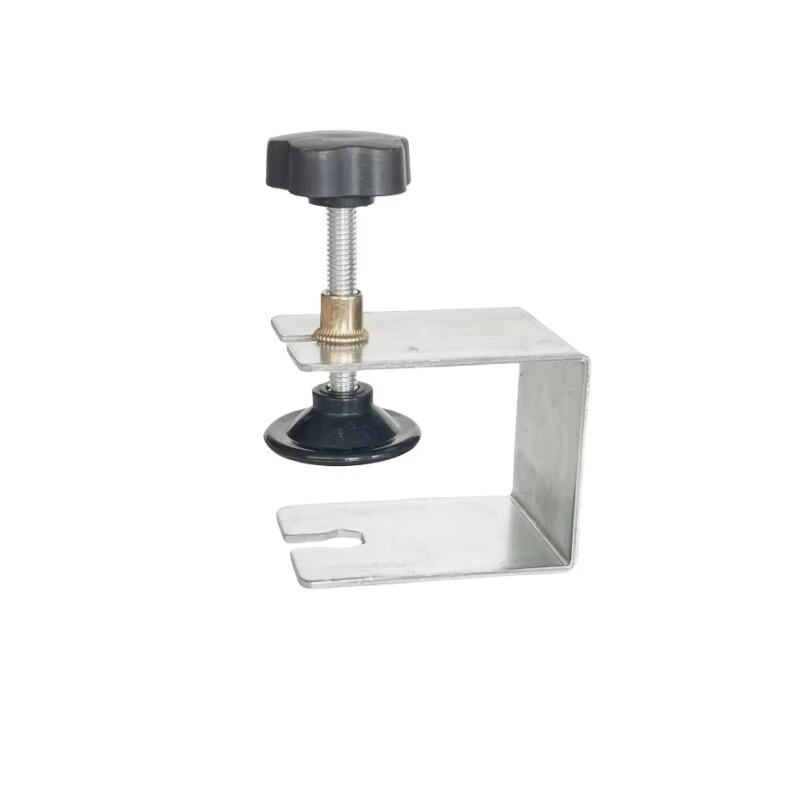spring hose clamp sizes
Spring hose clamps are versatile fastening devices available in various sizes to accommodate different pipe and hose diameters. These clamps typically range from 8mm to 120mm, offering solutions for both small-scale domestic applications and large industrial systems. The design features a band of stainless steel with a corrugated spring that provides consistent pressure around the circumference of the hose. Modern spring hose clamps incorporate advanced materials like 304 or 316 stainless steel, ensuring durability and corrosion resistance. The sizing system is precisely engineered to maintain optimal compression force across different diameter ranges, with common increments of 5mm to ensure proper fit. Each size category is designed to accommodate slight variations in hose diameter while maintaining secure sealing. The clamps feature specially designed edges that prevent damage to the hose material, and their spring mechanism allows for automatic compensation of thermal expansion and contraction. These clamps are particularly valuable in automotive applications, plumbing systems, and industrial fluid transfer setups where reliable sealing is crucial.











